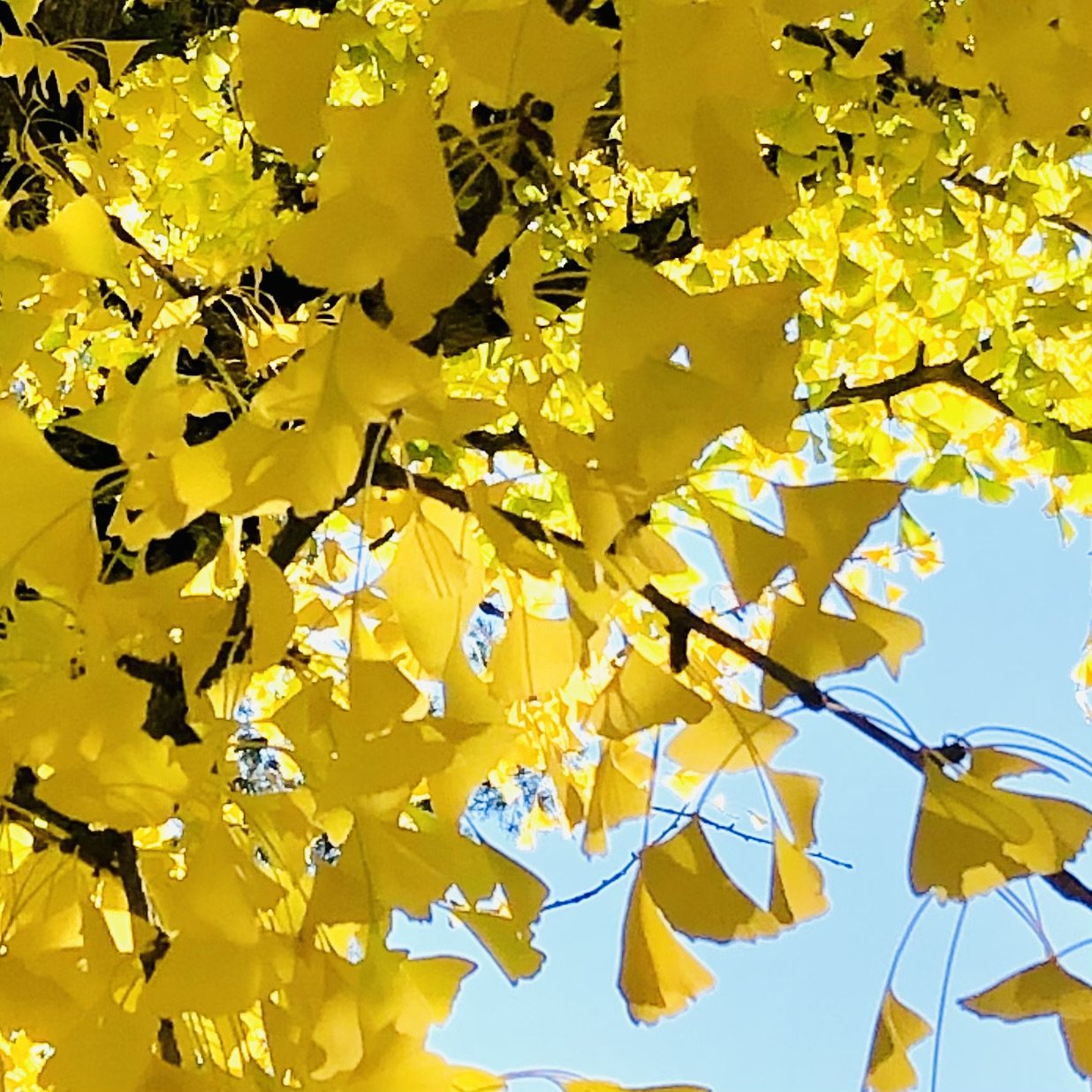FOCUS
In our distracted world, focus seems like a superpower.
I choose not to partake in Dry January. Instead, I stop drinking coffee. AHH! Bad idea. I started 2025 very sleepy. I woke fairly clear-headed in time to get to Yoga on Center’s 8:30 barre class. Butt-kickingly hard, it’s a great way to feel like the hardest part of the day is over by 9:30 AM. However, without coffee, I didn’t really feel I ever woke up. I bleary-eyed my way through an afternoon bike ride with friends, leaving early because I felt like I was sleep-walking through a dim and chilly haze.
I don't love the reality that drinking coffee every morning (and sometimes in the afternoons) means I have to continue to drink coffee if I want to feel “normal.” This is why I give it a rest. To reclaim the power of my brain. Or to check in and see what the power of my brain actually is. I still drink caffeine, but coffee is the only option that feels like it has me in its delicious, demonic grips, and I don’t like that. I do like to feel alert and awake, and so, along with enjoying a matcha latte or hot cocoa in the morning, I also turn to the herbs that support focus and cognition, experimenting with delicious ways to drink them. Because, if I have a yummy alternative, I can break up with coffee and not feel like I’m depriving myself of one of life’s great joys.
Which herbs are we enjoying for focus and clarity?
Lion’s Mane is one of the many mushrooms in the spotlight these days. This year, I’m adding lion’s mane powder to the hot cocoa recipe I shared here. It’s a delicious way to enjoy the neuro-regenerative, nootropic properties of this cute ‘shroom. The term nootropic comes from the Greek noos or mind and tropein or “to monitor,” and is used for any substance that enhances cognition and brain function.
Gingko biloba, having survived more than 225 million years, has much to teach us. One of the oldest trees, it’s regarded as a living fossil. A circulatory stimulant and antioxidant, gingko, according to Christa Sinadinos, “enhances cerebral blood flow, improving mental clarity, concentration, and working memory.” It “increases cognitive performance, mental alertness, visual acuity, hearing and equilibrium, elevates mood, and speeds reaction time.” Yes, please! This is just a snippet of gingko’s potential. For more, read this.
Always do your research before starting a new herbal remedy. Use of gingko, can be overstimulating if used with caffeine, as it is a stimulant itself. Those with insomnia should avoid use of both gingko and caffeine after noon, and those prone to anxiety should discontinue use if it irritates the nervous system.
Centella asiatica, Gotu kola, is another brain tonic. Sri Lankan folklore attributes the longevity of elephant’s memories to eating gotu kola leaves. Supposedly, Li Ching-Yuen lived to be 256 years old and regularly consumed gotu kola. Whether that is intriguing or turns you off the herb, know this water-loving plant is a neuroprotector, increasing oxygen to the brain and improving mental clarity, alertness, concentration and memory.
We know and love rosemary on our potatoes, but did you know it too is a mental stimulant which increases circulation to the brain? We can drink rosemary tea in the morning to reduce sluggishness, improve our mood and memory, and use any extra tea as a hair rinse to strengthen the health of our gorgeous locks.
When I don’t blend my own tinctures, I often look to Banyan Botanicals as a trusted source. This month, I ordered a bottle of their Focus blend. Featuring both gotu kola and gingko, I’m excited to try this in the afternoons when I would normally reach for a second coffee. I’m not sure how long I’ll stay away from the cafe, but now that I’m over the initial adjustment period, I am enjoying the boost of natural energy I feel, and I always love a reason to experiment with hot chocolates.
My dear friend Janette and I had so much fun dipping and dreaming and planning with you last year, we’re offering our Imbolc Candle-Dipping workshop again. This year, along with time for journaling your goals and intentions for the upcoming seasons and dipping ritual-sized beeswax candles, you’ll also create an aromatic mist with a selection of hydrosols and essential oils, and put together an herb blend for an intentional bath or foot soak.
We celebrate Imbolc, the mid-point between winter solstice and spring equinox, in part by allowing ourselves to dream about the coming year, moving out of hibernation and into action. Candles are always a lovely aspect of ritual. Imbolc, also known as Candlemas, represents purification, renewal, reflection, fertility and illumination, and is a great time to make our candles, infusing them with the joy of being in community together, preparing to dive into a new cycle of growth. Join us!
I hope you have a gentle beginning to this new year, with plenty of time for dreaming and experiencing what most brings you joy.




